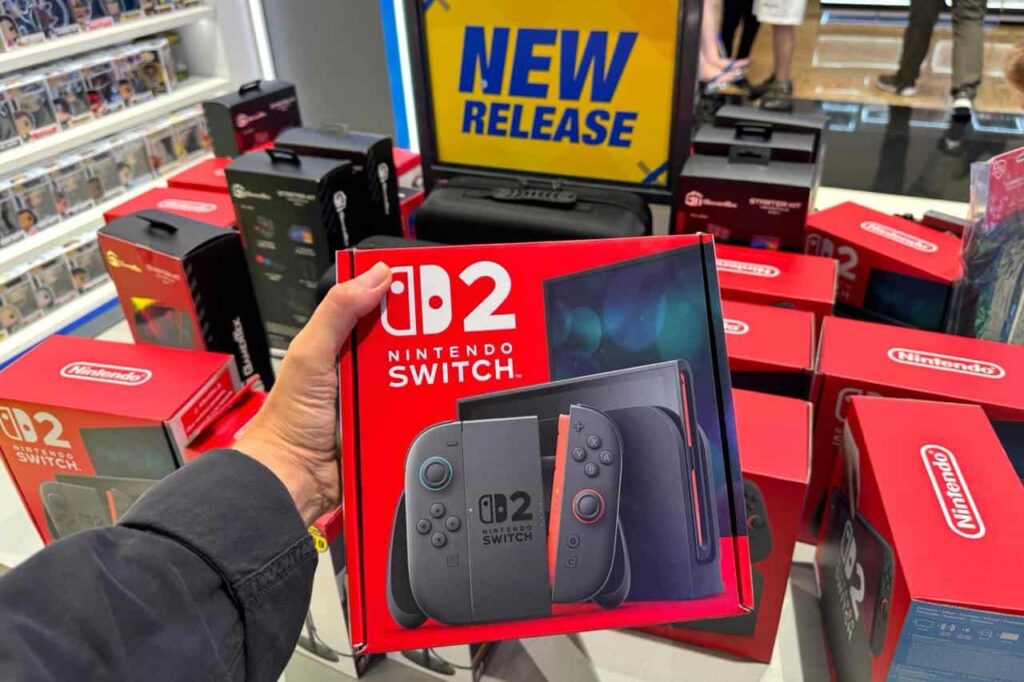Nintendo’s latest hardware launch has set a new benchmark for console rollouts.
Notably, the Nintendo Switch 2 sold 5,011,250 units globally in June 2025, averaging 192,740 units per day in June 5, based on VGChartz sales data reviewed and analyzed by Finbold research.
In its first four days, the Switch 2 moved 3.5 million units selling over 600 consoles a minute, a launch surge that places it among the most successful hardware introductions in industry history. What’s equally notable is the sustained demand that followed. Instead of the sharp drop‑off often seen after launch‑week euphoria, Nintendo maintained high daily sales volumes through the remainder of the month.
Regionally, the performance highlights Nintendo’s balanced global reach. Asia led the charge with 1.91 million units sold, showcasing its deep brand loyalty in Japan and rising engagement across broader Asian markets.
The Americas matched that figure with another 1.91 million making it the fastest selling game hardware in U.S. history. Elsewhere, Europe contributed 1.11 million, while Oceania 88,000 rounding out a launch footprint that was both geographically diverse and commercially potent.
PS5 vs Switch 2 sales
For context, Sony’s PlayStation 5, now well into its lifecycle, sold 916,703 units in June. The original Nintendo Switch added 316,250 units, while Microsoft’s Xbox Series X|S sold 157,326 units.
The Switch 2’s lifetime sales now stand at 5.01 million units, the PlayStation 5 sits at 77.26 million, the original Switch at 151 million, and the Xbox Series X|S at 33.27 million.
Importantly, these figures are not speculative. VGChartz bases its estimates on retail sampling and regional sales trends, with a methodology that typically lands within 10% of actual shipment data, cross‑verified against manufacturer reports and regional trackers.
From an analyst’s perspective, Switch 2’s early trajectory signals that Nintendo has successfully extended the hybrid console model that defined the original Switch’s unprecedented 151‑million‑unit run. The console’s blend of portability, upgraded performance, and ecosystem continuity appears to have resonated with both new buyers and legacy Switch owners. This positions Nintendo to dominate its category through 2025 while applying pressure on competitors.
The critical question now is sustainability. Can Nintendo maintain this velocity into the holiday quarter? With this kind of launch momentum, aggressive software scheduling, and a hardware portfolio that now spans multiple price tiers, the Switch 2 could outpace early projections and once again rewrite the rulebook for console adoption curves.








